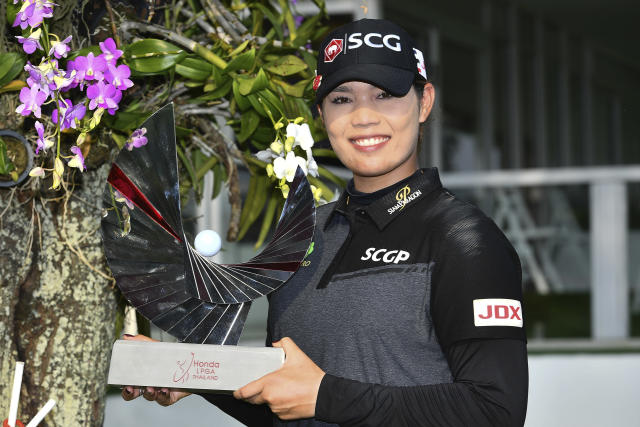
Female athletes often face discrimination due to their appearance. There are some ways to change this. First, you can control your body image. You can also use social media to challenge gender stereotypes. You can also advocate for gender equality. These tips will help you to become an active part of the sports community.
Take back control over your body image
Female athletes are starting to take back control over how they look. These female athletes spoke out about the negative effects of being "perfect" on their mental and physical performance. Gracie Gold from the Olympic figure skating team and Allie Ostrander from professional running are two examples of those who have openly shared about their struggles with negative body image. They want everyone to know that having a body that isn't up to a certain standard does not make you weak.
Female athletes are still vulnerable to body dissatisfaction even though they are under great pressure to improve body image. The mental state of body dissatisfaction results from negative thoughts about the body, as well as the perception that there is an inconsistency between the body's ideal size and what it looks like. The context and function also affect the way you see your body. In a recent study, female collegiate athletes participated in a program called "Bodies in Motion," which aims to help athletes develop a positive body image.
Change the stereotypes of female athletes
One of the most important things that a female athlete can do is break down gendered stereotypes. Many girls and women are discouraged from participating in sports because of the stereotypes that surround them. These stereotypes need to be broken. It starts with teaching girls and women to respect one another and be unique. It begins with changing the way that we talk about women. By changing our words and actions, we can improve the way female athletes are portrayed in the public eye.
While research on female athletes has largely focused on the bipolarity of masculinity and femininity, little has been done about androgyny. Androgyny can be described as a compromise between masculinity or femininity. It suggests that female athletes can be both male- and female. This gender identity can be assertive or gentle, independent or dependent, competitive but passive, and even aggressive. A woman can have both masculine traits and feminine qualities. This can be extremely empowering for an individual.
Participation in social media
You can inspire young women through social media. This is one way to inspire female athletes. Last night, the UConn Huskies beat the Baylor Bears, and the entire social media space was dominated by the game. The final score was 69-67 in favor of the Huskies, but the controversial call was the talking point of the night.
Participating in social networks can be a great way to encourage young girls to take up sports and improve your health. Many female athletes are now using social media as a way to promote themselves. However, the amount of research on how women athletes represent themselves online is still scarce.
Managing gender stereotypes
Women are often confronted with gender stereotypes when it comes to sport, which can restrict their participation. Women may decide to focus less on their athletic accomplishments and instead choose to participate in other more popular sports. Or they might even give up their chosen sport entirely. These issues reflect wider cultural attitudes about women who are athletic. These stereotypes can be a barrier to participation in female sports.
First, women athletes must confront the problem of public perception. The public often views women as submissive and objectified. Additionally, male athletes are often viewed heroically and masculine and female athletes as wives or daughters. This toxic cycle of gender stereotypes often leads to the sexualization and objectification of female athletes. This has been brought to the forefront by the USA Gymnastics scandal.